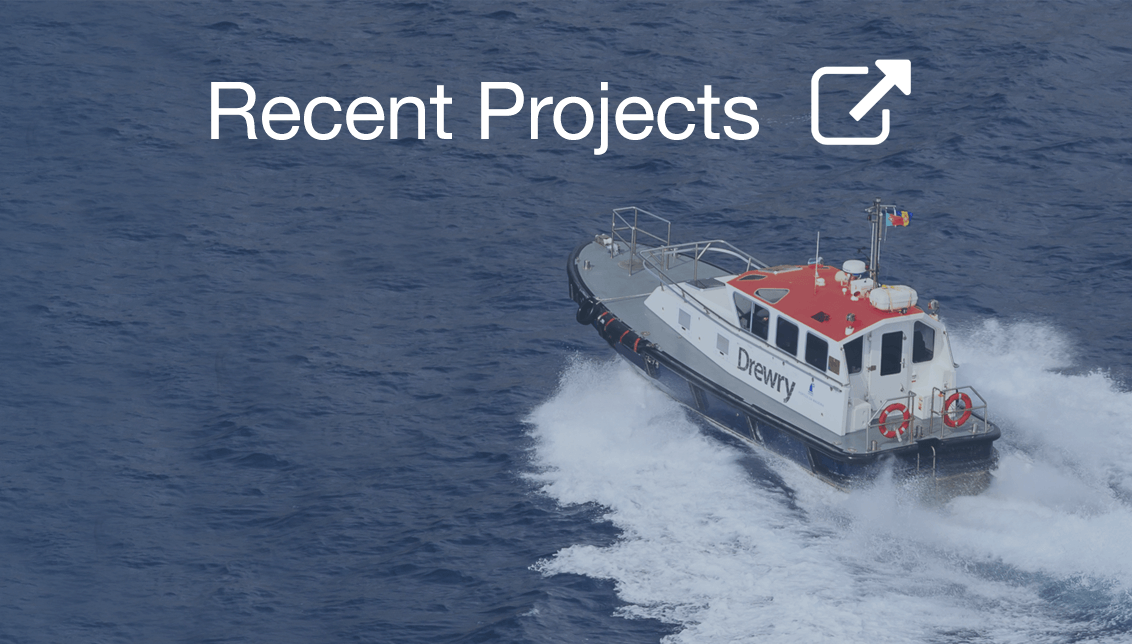Browse Products by Sector
Container ShippingContainer Equipment Assets
Ports and Terminals
Dry Bulk Shipping
Tanker Shipping
Gas Shipping
Specialised Shipping
Multimodal Transport
Logistics Management
Ship Operations and Management
Other popular areas
Browse subscriptions by Sector
Container ShippingPorts and Terminals
Dry Bulk Shipping
LPG Shipping
LNG Shipping
Crude Tanker Shipping
Product Tanker Shipping
Financial Advisory
Valuations
Drewry Financial Research Services Ltd is authorised by the UK Financial Conduct Authority (FCA).
LNG spot market to suffer as Egypt slashes demand
Egypt has been a major driver of spot vessel demand over the last two years. The country aims to cut its LNG imports, which will hurt the spot freight market.
State-owned energy major Egyptian Natural Gas Holding Company has floated a tender for 12 LNG cargoes (0.8 million tonnes) during the first quarter of 2018. This looks substantially less than its earlier plans to import around 100 cargoes (6.8 million tonnes) in 2018. Although the country will still have three more quarters to increase its LNG purchase, we believe rising domestic gas production will cut the need for imports.
With strong fleet growth expected next year, the loss of Egyptian cargoes will hit the sector hard as the country’s imports have generated good employment for spot vessels over the last two years. According to our sample analysis of the past three months, 28% of LNG vessels discharged in Egypt were spot vessels. As Egypt looks to import less LNG, it is a net negative for spot vessel demand.
Gas market in Egypt
At one time, Egypt was one of the major exporters of LNG, and its exports were around 9.4 million tonnes in 2009. Production has been dwindling since then but demand remains strong, especially from the power sector. By 2015, Egypt had stopped exporting LNG and started importing instead. Two floating LNG import terminals, Hoegh Gallant FSRU (3.2 mtpa) and BW FSRU (5.5 mtpa) were brought online in 2015.
Egypt’s LNG imports nearly tripled to 7.5 million tonnes in 2016, a surge of 188% from 2015 levels. However, the situation is changing again as domestic gas production is set to increase. ENI, which discovered gas at the Zohr field in 2015, will start producing an additional one Bcf of gas per day (7.5 mtpa) by the end of 2017.
More gas production will reduce the need for imports, and we expect the country’s LNG imports could end up at around 4 million tonnes in 2018 (in our base case scenario), having already slipped back to 6 million tonnes this year.
Impact on LNG shipping
One point that stands out for Egypt’s LNG imports is that the country depends entirely on spot and short-term trade. As Egypt trims its demand, so demand for spot vessels will also take a hit. We have calculated three scenarios for Egypt’s LNG imports in 2018 and its impact on spot vessel demand. In our base case scenario, Egypt’s LNG imports should be 4 million tonnes, requiring 18 spot vessels. This is clearly less than in 2016 when Egypt imported 7.5 million tonnes and employed 33 vessels. In an optimistic scenario, Egypt is likely to import 6 million tonnes, which will require 26 spot vessels. However, it will still be negative for LNG shipping as the country's LNG imports over the next couple of years will be lower than 2016.
For detailed analysis and forecasts of LNG shipping market, subscribe to Drewry's LNG Forecaster.
Related Content
© Copyright 2024 | Drewry Shipping Consultants Limited. All Rights Reserved. Website Terms of Use | Privacy Policy


